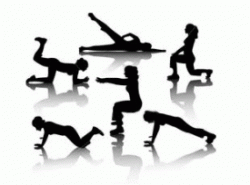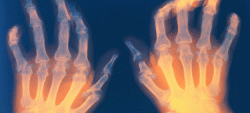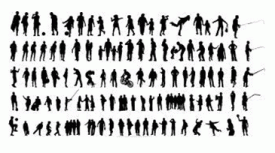
Health Benefits of Exercise
Exercise is the miracle cure we’ve always had, but we are now neglecting to take our recommended dose. People are less active nowadays, partly because technology has made our lives easier. We drive cars or take public transport. We entertain ourselves in front of a TV or computer screen. Fewer people are doing manual work, and most of us have jobs that involve little physical effort.
We move around less and burn off less energy than people used to. Research suggests that many adults spend more than seven hours a day sitting down, at work, on transport or in their leisure time. People aged over 65 spend 10 hours or more each day sitting or lying down, making them the most sedentary age group.
Inactivity is described by the Department of Health as a “silent killer”. Evidence is emerging that sedentary behaviour, such as sitting or lying down for long periods, is bad for your health and contributes to weight gain and obesity.
As a result of our modern lifestyle our health is now suffering. Whatever your age, there’s strong scientific evidence that being physically active can help you lead a healthier and even happier life. People who do regular activity have a lower risk of many chronic diseases, such as heart disease, type 2 diabetes, stroke and some cancers.
Research shows that physical activity can also boost self-esteem, mood, sleep quality and energy, as well as reducing your risk of stress, depression, dementia and Alzheimer’s disease. Given the overwhelming evidence, it seems obvious that we should all be physically active. It’s essential if you want to live a healthy and fulfilling life into old age.
 It’s medically proven that people who do regular physical activity have:
It’s medically proven that people who do regular physical activity have:
- up to a 35% lower risk of coronary heart disease and stroke
- up to a 50% lower risk of type 2 diabetes
- up to a 50% lower risk of colon cancer
- up to a 20% lower risk of breast cancer
- a 30% lower risk of early death
- up to an 83% lower risk of osteoarthritis
- up to a 68% lower risk of hip fracture
- a 30% lower risk of falls (among older adults)
- up to a 30% lower risk of depression
- up to a 30% lower risk of dementia
 Exercise and Arthritis
Exercise and Arthritis
Can exercise make my arthritis worse?
The right kind of exercise will not make your arthritis any worse. Instead, exercising helps you lose weight, which means less strain on your joints. Arthritis Care has produced a booklet about exercising with arthritis – what to try, and what to avoid.
To read this booklet please click here.
It is important not to overstrain yourself while you are exercising, and to gently stretch before and after exercise. Your GP or Osteopath can help you to pick an exercise programme to suit you. The Osteopath will advise you on the best exercises after assessing your joints and muscles.
It is usual to feel some pain as your muscles get used to being exercised, but seek advice from your GP or Osteopath if you feel pain in the joint itself, or if the pain continues for more than two hours after finishing exercise. This might be a sign you have overdone it.
Types of exercise for arthritis
A good exercise programme for arthritis-sufferers will incorporate three types of exercise: range of movement, strengthening and aerobic exercises:
- Range of movement exercises help maintain flexibility, strength and good posture
- Strengthening exercises help strengthen the muscles which support your joints
- Aerobic exercises are ones that raise your heart rate and strengthen your heart. This allows your muscles to work more efficiently
To read about the benefits of Yoga and Pilates for arthritis sufferers please click here.
Click on the links below to find out if you’re doing enough exercise for your age:
What counts as exercise?
To stay healthy or to improve your health, adults should do at least 150 minutes (2 hours and 30 minutes) of moderate-intensity aerobic activity each week.
Moderate-intensity aerobic activity means you’re working hard enough to raise your heart rate and break a sweat. One way to tell if you’re working at a moderate intensity is if you can still talk but you can’t sing the words to a song.
Examples of moderate-intensity aerobic activities are:
- walking fast
- water aerobics
- riding a bike on level ground or with few hills
- playing doubles tennis
- pushing a lawn mower
Daily chores such as shopping, cooking or housework don’t count towards your 150 minutes. This is because the effort needed to do them isn’t hard enough to get your heart rate up.
Recommended physical activity levels for different ages:
Children under 5 should do 180 minutes every day
Young people (5-18) should do 60 minutes every day
Adults (19-64) should do 150 minutes every week
Older adults (65 and over) should do 150 minutes every week
To return to the main page on Exercise please click here
Copyright ©2012 - 2023 Catherine Tiphanie. All Rights Reserved. Privacy Policy

